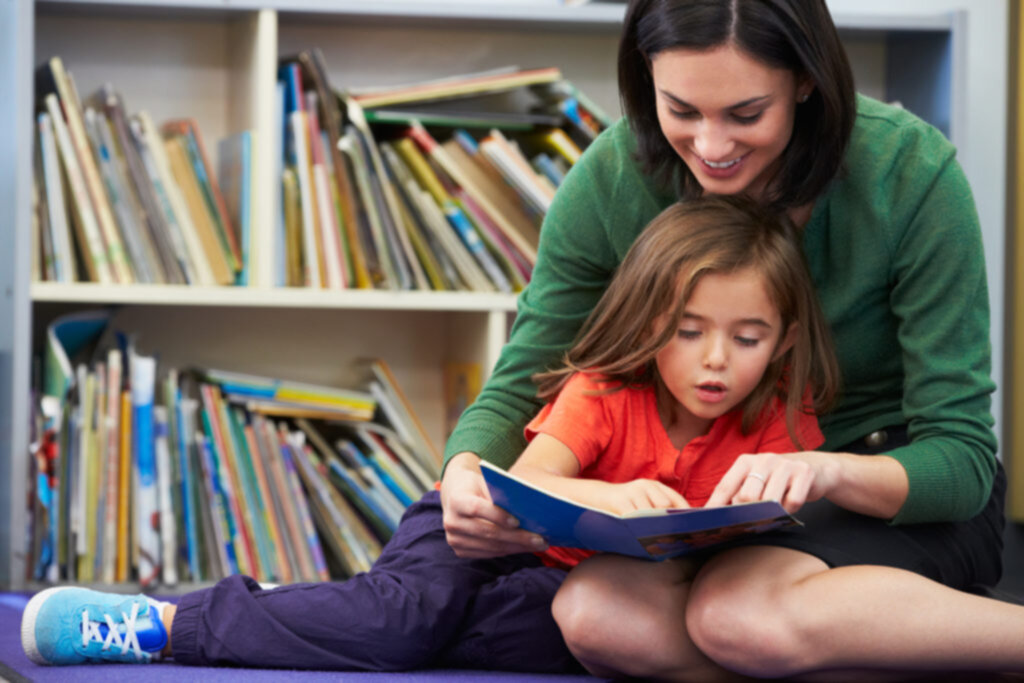Latest Research about Code Switching and Children 

An article from the Bilingual Kids’ Rock website regarding the latest research about code switching and children says it can be alarming for the parents of bilingual kids when their children begin switching back and forth between languages in the middle of a sentence.
Through the years, in fact, code switching has been both mischaracterized and misunderstood as a sign of confusion on the part of the child. Interestingly, the learning website, ThoughtCo, says that code switching (CS) takes place much more often in conversation than it does in writing.
So here’s the important lowdown, though: older academic literature will often tell you that mixing languages is not a good thing, states Bilingual Kids. There are even teachers who still believe this. Take comfort, however, knowing that the old-fashioned critics are wrong. The latest research about code switching says that mixing language is a positive and natural development in bilingual learners. Typically, code switching is not done in confusion or excitement but rather when the child (or adult) feels comfortable with both languages and is in a bilingual environment, says Bilingual Kids Rock. For parents, part of the beauty of raising a bilingual child, says the site, is accepting that they’re going to use both languages from time to time. That’s the whole point, it says!
It also states to not panic when it happens, as it doesn’t mean that the child can’t tell the difference. Even though code switching is normal, it’s still okay, however, to steer him or her from time to time back to being more monolingual, only so he or she doesn’t drift off into the other language entirely. The SpanglishBaby website makes an excellent point when it says that mixing languages from an early age is one of the first phases of code switching, and it takes a well-nurtured bilingual brain to be able to do it at all.
For parents and teachers, bringing in language outreach experts to help understand code switching and other language nuances that can occur with bilingual children can help a lot. For Latino bilingual kids, The Latino Family Literacy Project provides excellent teacher training for its various parent involvement programs designed to establish an at-home, family reading routine, which helps greatly in improving vocabulary, reading skills and overall language development in English, and usually Spanish, too. Available for parents and children on the school site, parents can either be Spanish-speaking or English-speaking.
For the teachers or staff who cannot attend an in-person workshop, The Project also offers online training that is grade level-specific. The webinars are approximately 1.5 hours and provide training for the implementation of programs from infant/toddler, preschool, elementary, and middle/high school levels. For more information, please visit The Latino Family Literacy Project.
